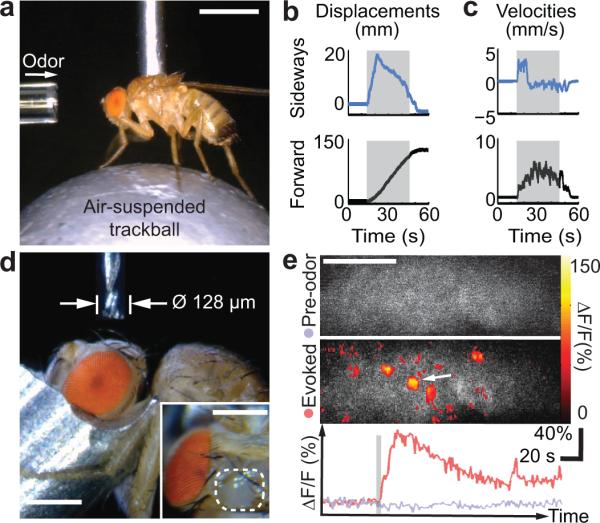Fig. 3. Automated assessments of sensory-evoked behavioral responses, programmable microsurgery, and two-photon imaging of olfactory neural dynamics.

a. To test odor-induced locomotion, the robot holds a fly on an air-suspended trackball. A glass capillary delivers benzaldehyde, a repulsive odor, to the antennae. Scale bar: 1 mm.
b, c. Total displacements, b, and velocities, c, of the fly's sideways and forward locomotor responses for a representative trial (30 s odor stimulation; gray bar). Positive values denote rightward and forward walking.
d. With the fly head held by suction under robotic control, a 128-μm-diameter end mill executes a pre-programmed trajectory under machine-vision feedback to open the cuticle for brain imaging and remove trachea and fat bodies above the brain (Video 10). Inset: Automated microsurgery yields a clean excision (enclosed by white dashed line) of the head capsule to expose the left lobe of the mushroom body calyx. Scale bars: 0.25 mm.
e. Two-photon fluorescence imaging of odor-evoked neural Ca2+ activity following robotic microsurgery in a UAS-GCaMP3;;OK107 fly. As the robot holds the fly detachably by suction, delivery of ethyl acetate odor evokes neural Ca2+ responses. Maps of fluorescence changes (ΔF/F) show Ca2+ activity of the mushroom body Kenyon cells, before (Top) and during delivery of ethyl acetate (Middle). Time courses (Bottom) of fluorescence changes (ΔF/F) before (lavender trace) and in response (red trace) to ethyl acetate (gray bar), averaged over the area marked by the white arrow in the middle panel. Spatial scale bar: 20 μm.
